Mostly set in the remote area within the Peruvian Amazonia, Melissa Lesh and Trevor Beck Frost’s affecting and occasionally bracing documentary plunders the complicated relationships and parallels between human and animal.
Harry Turner lives in a small wooden hut in the rainforest with Samantha Zwicker, a PhD student from Seattle, who has founded Hoja Nueva, a wildlife conservation nonprofit. A few years prior, Harry was a British 18-year-old soldier in Afghanistan, and was medically discharged with depression and PTSD. His new life in Peru is one of hope and promise. He now dons elaborate black-ink tattoos, and is dedicated to his work with Sam to nurture displaced animals—many from illegal deforestation—and send them back to their natural habitats.
“I’ve seen the jungle here change people,” Sam says—giving us either a foreboding or an optimistic (or both?) sense of what’s to come. The attempt to reintroduction into the wild a tiny ocelot named Khan goes awry when the newborn is shot by a hidden trap in the forest and dies. Not only do we see the dangers and violence animals pose (caimans and Brazilian wandering spiders) but humans too (weaponry, the sawing down of trees). The next lost ocelot that Harry nurtures, named Keanu, becomes the heart of the film. It’s hard not to be distracted by Keanu’s cuteness as Harry feeds him with a bottler or as the newborn traipses through the leafy grounds and curls himself around branches. As the kitten grows older, Harry helps teach Keanu to hunt as a carnivore, showing him in the nighttime jungle the creatures that are his prey.
The journey covered in Wildcat is not a neatly pinned one, nor smooth. The eventual separation that Harry tries to create for Keanu is difficult, especially as Harry battles crippling depression and self-harm. We witness both the very low and unnerving moments of Harry’s life, and some warmhearted ones as well (a visit from his loving family and his adoring younger brother, who harbors a fascination with insects). Sam reveals to the camera her concerns about her thorny relationship with Harry, fearing his fits of anger and suicidal thoughts. While Harry is not shown to be physically abusive to her, she suggests equivalencies to her verbally and physically abusive alcoholic father: The person at night is not the same one in the morning.
Lesh and Frost bring out these difficult themes with compassion and empathy, accompanied by the lushness of the beautiful surroundings: shots of rivers and blankets of sunlight-tinted fog hanging over trees. In many nature documentaries, visual wonderment would be the ornamental thrust of the narrative. Yet here, the cinematography is integral to the sense of human isolation in this environment. There is also photography in many different forms, from Harry’s hidden cameras of Keanu roaming at night to camcorder footage of Sam’s childhood.
The final separation between Keanu and Harry is not easy. As Harry grows more despondent, Keanu keeps coming back from the jungle to Harry’s dwelling—biting holes in towels and chewing up trash. Both are reacting to their periled bond, but what Harry has ultimately done for Keanu is no doubt remarkable to behold.

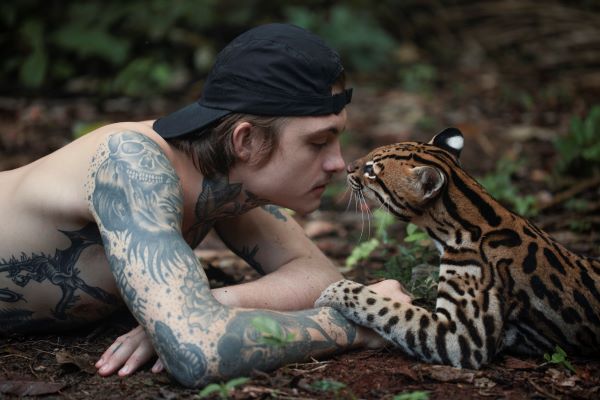


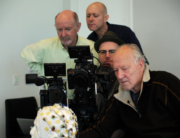

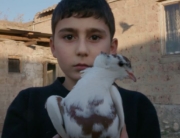
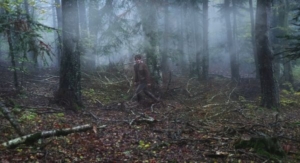
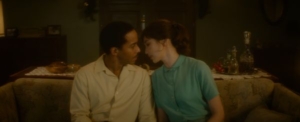







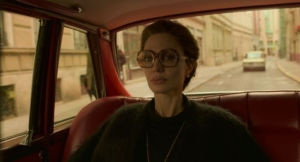
Leave A Comment